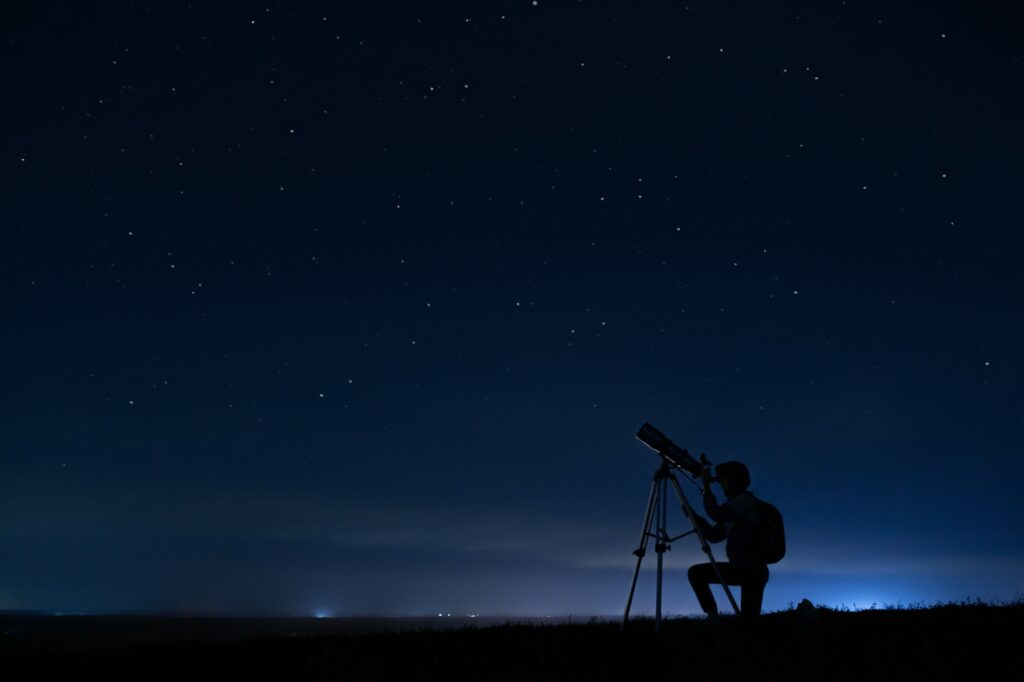
Heavy Rain, Flooding, and Chance of Severe Weather Staring Down the Southern U.S.
January 22, 2024
Posted: April 19, 2022 11:01 pm





What to Do if You Miss Thursday’s Lyrids
One of the oldest meteor showers on the record books is set to make an appearance later this week, thrilling those people lucky enough to enjoy clear skies for optimal viewing.
The historically stunning Lyrid meteor shower will peak on Thursday night and into the early morning hours of Friday. There are records of this particular meteor shower that date back over 2,700 years. Stargazers can expect to see up to 20 meteors per hour streaking across the sky during the peak viewing hours.
The Lyrids will shoot across the night skies after an especially long drought for meteor showers. The last time the world was treated to a shooting star show was on January 2 when the Quadrantids lit up the skies. However, the cold conditions made for less than ideal viewing conditions.
In a normal year, the Lyrids are most visible during the second part of the night. However, experts are advising stargazers to head out between midnight and moonrise in order to increase your odds of seeing the meteors in action. This is because a bright moon will rise in the night sky at about 2 am local time, causing light pollution to obscure the view of the meteors.
Although you can still spot the shooting stars after the moon has made an appearance, you will want to look to the darker areas that are not illuminated by the moonlight. The best place to train your eyes will be on the northeastern part of the sky near the Lyra constellation. However, do not be surprised to see the meteors streaking through any part of the sky.
Where you live will impact how well you will be able to see the Lyrids. The clearest skies on Thursday night are opted throughout the Southeast, the southern High Plains, and the Great Lakes. These areas will have the best luck seeing the meteors.
Conversely, cloudy conditions along the West Coast and into the northern Plains will make it challenging to see the Lyrids on their peak night. Spotty clouds are expected throughout the mid-Atlantic, New England, and the Ohio Valley, meaning that your luck will vary. Be sure to check your local forecast so that you can time your viewing to coincide with the best chance that the clouds will part.

Do not worry if poor weather or timing caused you to miss the peak of the show on Thursday night. The Lyrids will keep it up through the weekend. Although you will miss the peak amount of meteors per hour, you may still catch a handful of shooting stars on Friday and Saturday nights.
In addition, the next meteor shower will be here before you know it. The Eta Aquarid meteor shower is scheduled to peak on the night of May 4 into May 5. This show will be observable in the Northern Hemisphere, featuring an estimated 15 to 20 meteors per hour.
Did you find this content useful? Feel free to bookmark or to post to your timeline for reference later!

January 21, 2024

January 19, 2024

January 18, 2024